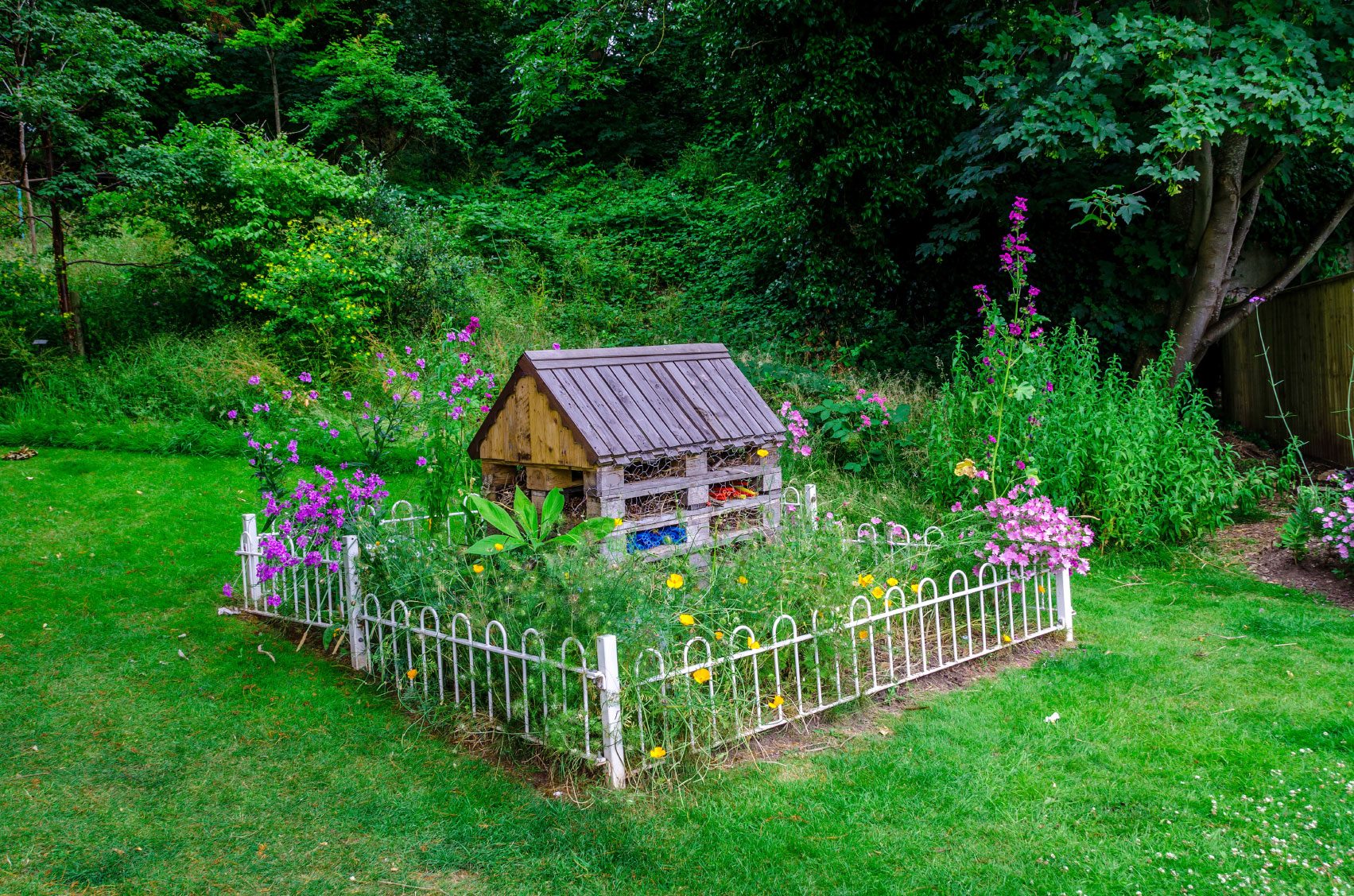Weed Gardens For Wildlife: Creating A Weed Garden Bed


For those of us with slightly neurotic tendencies, the thought of actually encouraging weeds to grow sounds crazy. However, the idea isn't as nuts as it sounds and can provide you with some interesting herbs and greens, fodder and cover for animals, and allows you to really go “green” without any herbicide use in your landscape. A few weed garden tips will set you on your way. Let your hair down and create a weed garden bed that will attract butterflies and pollinators while lessening your garden chores.
Weed Garden Tips
The key to a successful weed garden bed is in your choice of plants. There are many wild plants with weed-like tendencies that are valuable food sources for animals, birds and butterflies. If you change the name to a wildlife garden, creating a weed garden is much more palatable. Weeds are hardy souls that thrive without water, in poor soil, grow fast and need no supplemental care. Some good options that will also make a pretty display are:
Edible choices could include:
How to Make a Weed Garden
Every spring I do battle with the weeds on the parking strip. It is almost inconceivable to me that I could just simply choose to leave them there. There are a few more things to know about how to make a weed garden. For instance, you should consider the fact that they spread. Some bordering between the weeds and clean weed-free zones needs to be established. Deeply rooted weeds should be planted on a bed of rocks dug deeply into soil. Any type of physical barrier is helpful to prevent the spread of the plants but so is deadheading. If you remove the flower heads before they produce seed, you can keep weed gardens for wildlife confined to just one dedicated region of the landscape. Creating a weed garden in an open field is ideal because you can select beneficial and edible plants that will mix with the wild flora that already exists.
Sowing Weed Gardens for Wildlife
One of the most economical weed garden tips is to collect seeds from nature. Once the dandelions go to seed and begin to fluff, capture some in a baggie for your space. Stroll through a pasture or even a roadside and harvest seed heads from summer through fall. Rake the soil and add any amendments you feel are necessary. Then mist it and sow the seeds you have collected covered by a light dusting of soil to hold them down. Remember that some of the plants you choose are perennials, so you will really have to commit to their existence unless you dig them out. Others will perennially reseed themselves for constant renewable plants. It is up to you if you wish to water regularly or even fertilize. You will have bigger plants but as a rule, weeds don't need any attention. That is one of the beauties of the weed garden bed.
Sign up for the Gardening Know How newsletter today and receive a free copy of our e-book "How to Grow Delicious Tomatoes".

Bonnie Grant is a professional landscaper with a Certification in Urban Gardening. She has been gardening and writing for 15 years. A former professional chef, she has a passion for edible landscaping.